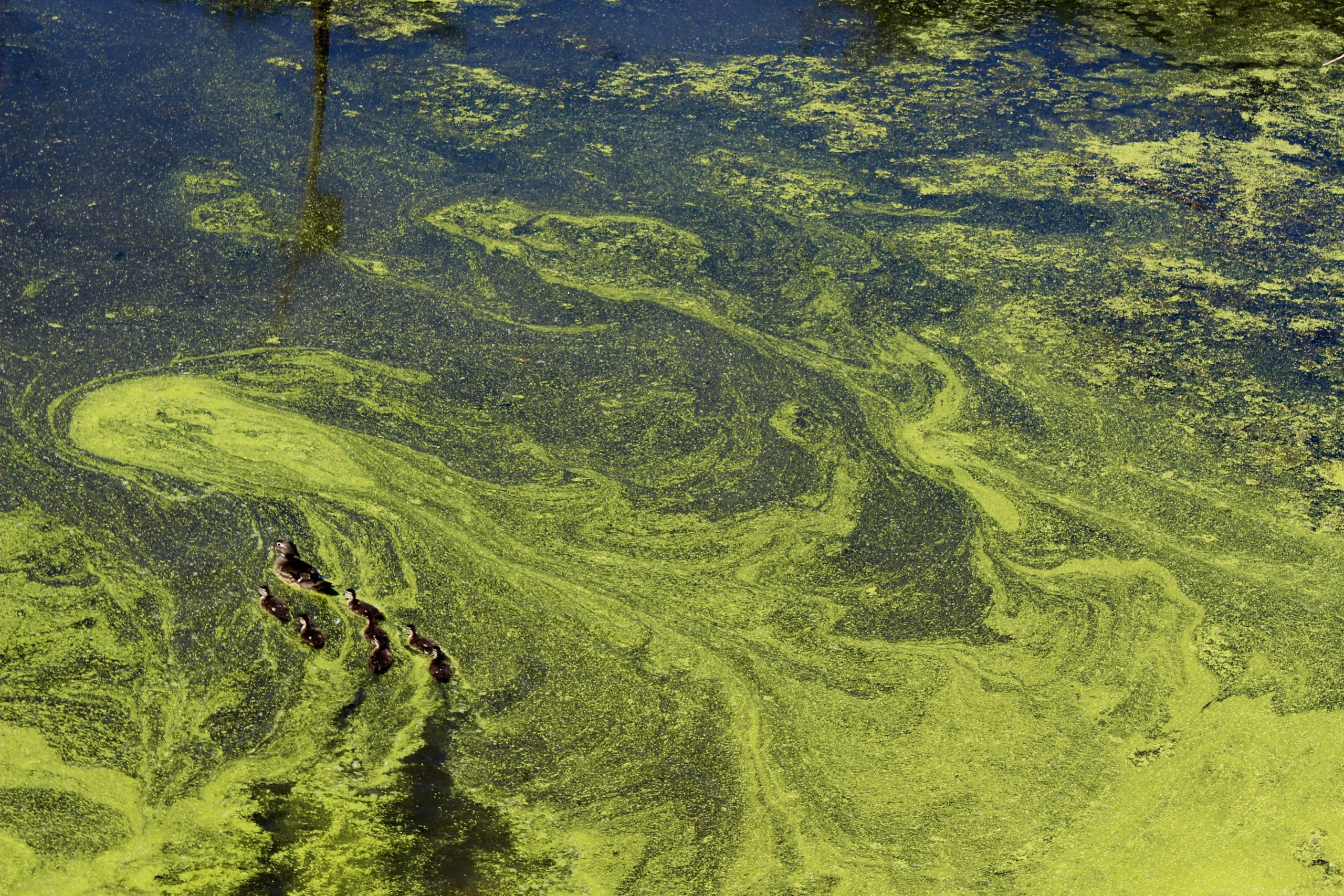Table of Contents
ToggleIntroduction
Eutrophication is a natural process that occurs in water bodies when the water becomes enriched with nutrients, leading to an increase in plant and algae growth. However, the process can become problematic when there is an over-supply of nutrients, particularly nitrogen and phosphorus, which can result in excessive plant and algae growth. This phenomenon is referred to as “cultural eutrophication” and is largely caused by human activities, such as agriculture, wastewater treatment, and the burning of fossil fuels. In this article, we will delve deeper into the causes and effects of eutrophication, as well as what can be done to prevent and mitigate its impacts.
What is Eutrophication?
Eutrophication is the process by which a body of water becomes enriched with nutrients, leading to an increase in plant and algae growth. In natural systems, this process is gradual and is usually driven by geological processes, such as the weathering of rocks and the deposition of nutrients in the water. Over time, aquatic plants and algae absorb these nutrients, and as they die and decompose, they provide a source of food for other aquatic organisms.
However, when there is an over-supply of nutrients, particularly nitrogen and phosphorus, the process of eutrophication can become problematic. This over-supply of nutrients can lead to an excessive growth of plants and algae, which can in turn cause a range of negative effects, including the reduction of light penetration in the water, the deoxygenation of the water, and the production of harmful substances.
Causes of Cultural Eutrophication
Cultural eutrophication is the term used to describe the eutrophication of water bodies that is caused by human activities. This type of eutrophication is largely caused by the following activities:
Agriculture: The use of fertilizers in agriculture can result in the runoff of excess nutrients into nearby water bodies. This runoff can cause an increase in plant and algae growth, leading to eutrophication.
Wastewater Treatment: Wastewater treatment plants are a major source of nutrient pollution, as they discharge treated wastewater into nearby water bodies. This wastewater contains nutrients, such as nitrogen and phosphorus, which can contribute to eutrophication.
Fossil Fuel Burning: The burning of fossil fuels releases nitrogen oxides into the atmosphere, which can then be deposited into water bodies through rainfall. This deposition can contribute to eutrophication.
Effects of Eutrophication
Eutrophication can have a range of negative effects on the environment, including:
Reduction of Light Penetration: The excessive growth of plants and algae can reduce the amount of light that penetrates the water, leading to a reduction in the growth of other aquatic plants and animals.
Deoxygenation of Water: The decomposition of the excess plant and algae growth can lead to the deoxygenation of the water, as the decomposing organisms consume oxygen in the process. This can result in the death of fish and other aquatic animals.
Production of Harmful Substances: The decomposition of the excess plant and algae growth can also result in the production of harmful substances, such as hydrogen sulfide, which can be toxic to aquatic life.
Alteration of Food Webs: Eutrophication can also alter the food webs in water bodies, as the excessive growth of plants and algae can result in a reduction in the number of zooplankton and other herbivores, leading to a decline in the number of predators, such as fish.

Preventing and Mitigating the Impacts of Eutrophication
There are several steps that can be taken to prevent and mitigate the impacts of eutrophication. Some of these include:
Reducing Nutrient Inputs: One of the most effective ways to prevent eutrophication is to reduce the input of nutrients into water bodies. This can be done by reducing the use of fertilizers in agriculture, improving wastewater treatment processes, and reducing the emissions of nitrogen oxides from the burning of fossil fuels.
Promoting Best Management Practices: Best management practices, such as the use of cover crops, crop rotation, and the implementation of conservation tillage, can help to reduce the runoff of nutrients into water bodies.
Implementing Nutrient Management Plans: Agricultural operations can implement nutrient management plans, which outline the steps that will be taken to reduce the runoff of nutrients into water bodies. These plans can include measures such as the use of fertilizers at the right time and in the right amounts, and the implementation of best management practices.
Monitoring Water Quality: Regular monitoring of water quality can help to detect eutrophication early and prevent its impacts from becoming severe. This can involve monitoring the levels of nutrients in the water, as well as monitoring the growth of plants and algae.Removing Excess Plant and Algae Growth: In some cases, it may be necessary to physically remove excess plant and algae growth from water bodies. This can be done through techniques such as dredging, the use of chemicals, or the introduction of herbivores, such as carp, that feed on plants and algae.
Conclusion
Eutrophication is a natural process that occurs in water bodies when the water becomes enriched with nutrients, leading to an increase in plant and algae growth. However, when there is an over-supply of nutrients, particularly nitrogen and phosphorus, the process of eutrophication can become problematic, leading to a range of negative effects, including the reduction of light penetration in the water, the deoxygenation of the water, and the production of harmful substances. Cultural eutrophication, which is largely caused by human activities such as agriculture, wastewater treatment, and the burning of fossil fuels, is a major concern, and steps must be taken to prevent and mitigate its impacts. Some of the measures that can be taken include reducing nutrient inputs, promoting best management practices, implementing nutrient management plans, monitoring water quality, and removing excess plant and algae growth.








7 thoughts on “Eutrophication: The Process of Over-fertilization in Water Bodies”
Pingback: The Impact of Water Pollution on Our Health and the Environment - Sustainability Awakening
I agree with your point of view, your article has given me a lot of help and benefited me a lot. Thanks. Hope you continue to write such excellent articles.
Pingback: Exploring the Devastating Impact of Ocean Dead Zones
Pingback: The Environmental Impact of Dredging and Artificial Islands
Pingback: The Seaweed Invasion: Understanding the Impact of Sargassum on the Caribbean and Florida - Sustainability Awakening
Pingback: Toxic Algae Outbreaks Off US West Coast Set to Worsen With El Niño - Sustainability Awakening
Pingback: Stay Safe During Colorado's Peak Algae Bloom Season: Tips and Guidelines - Sustainability Awakening